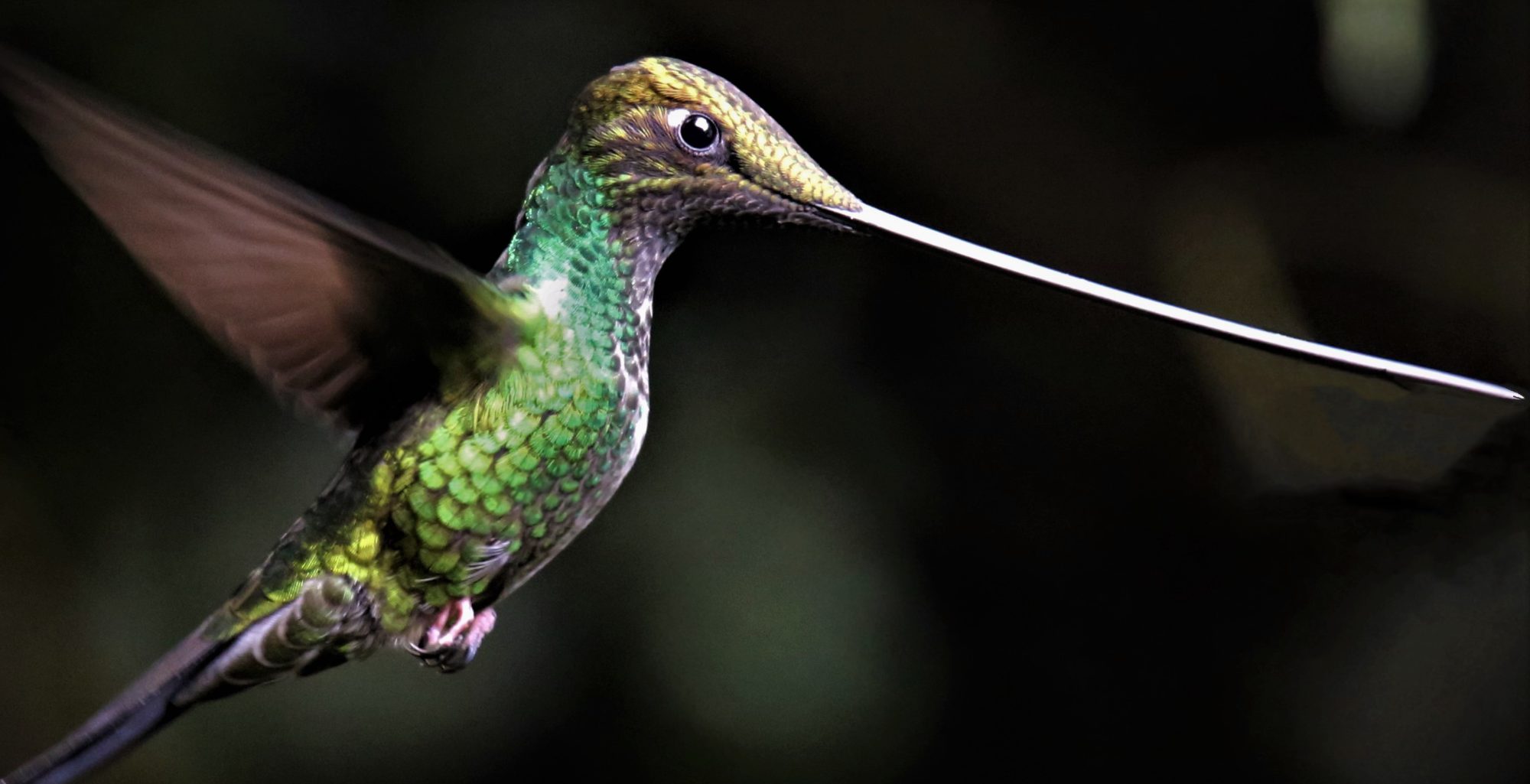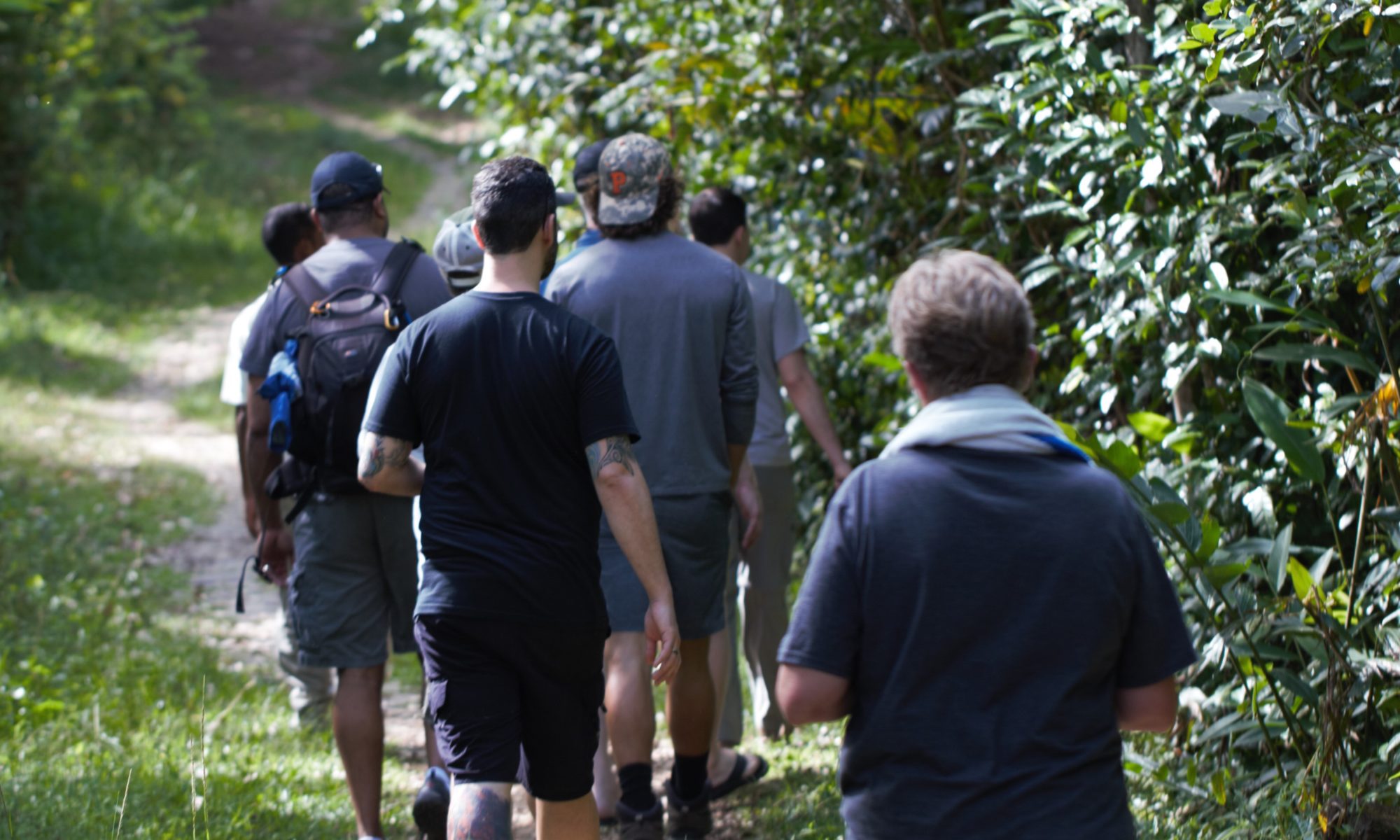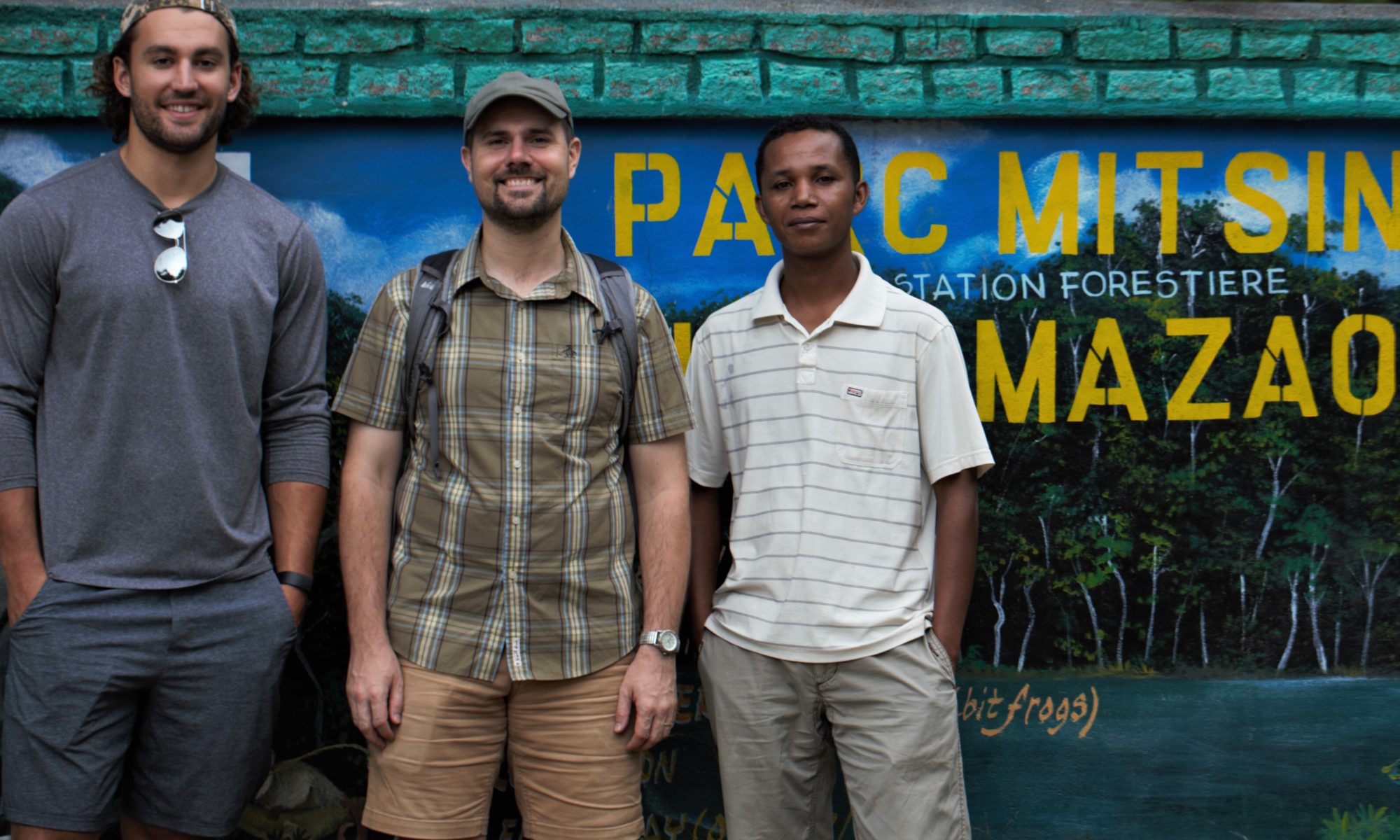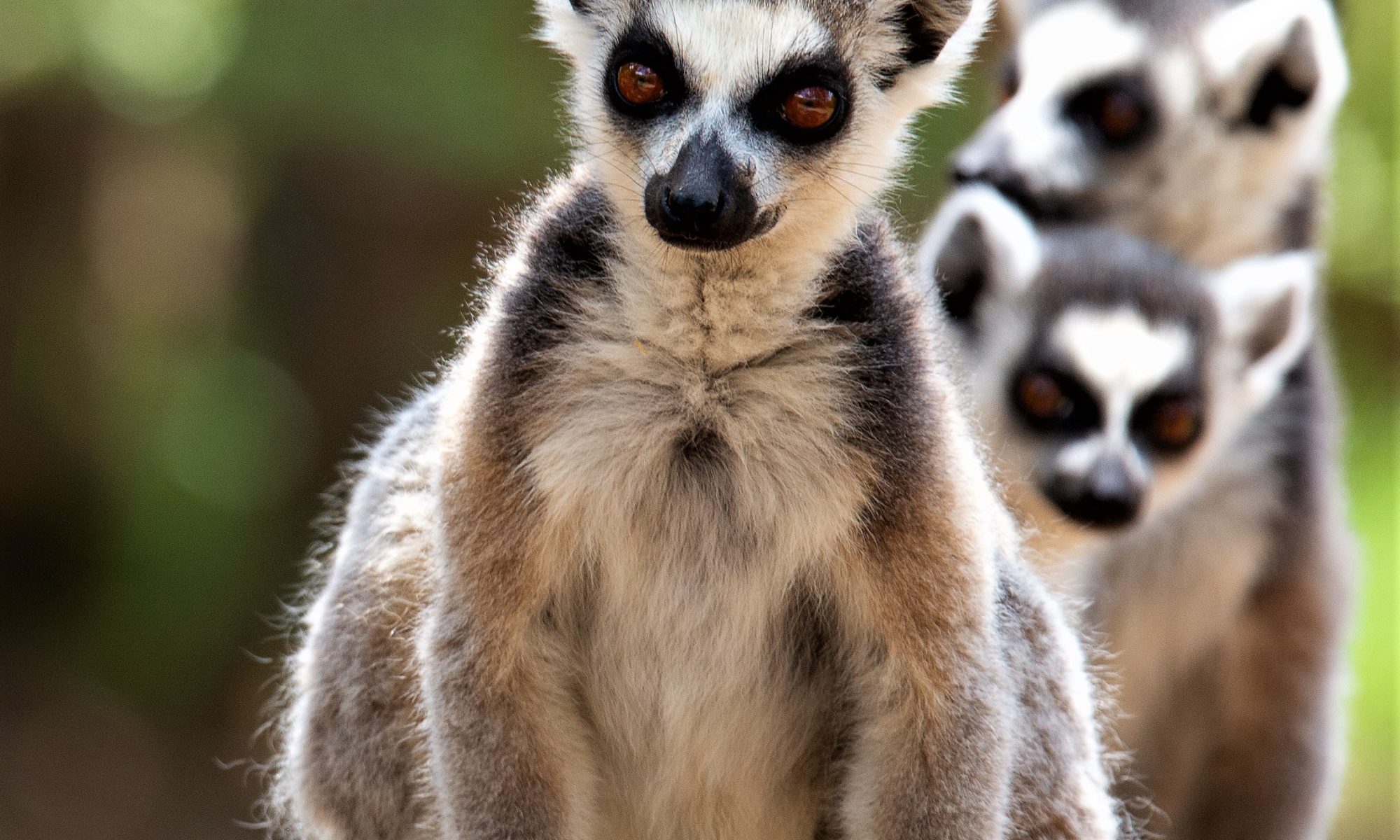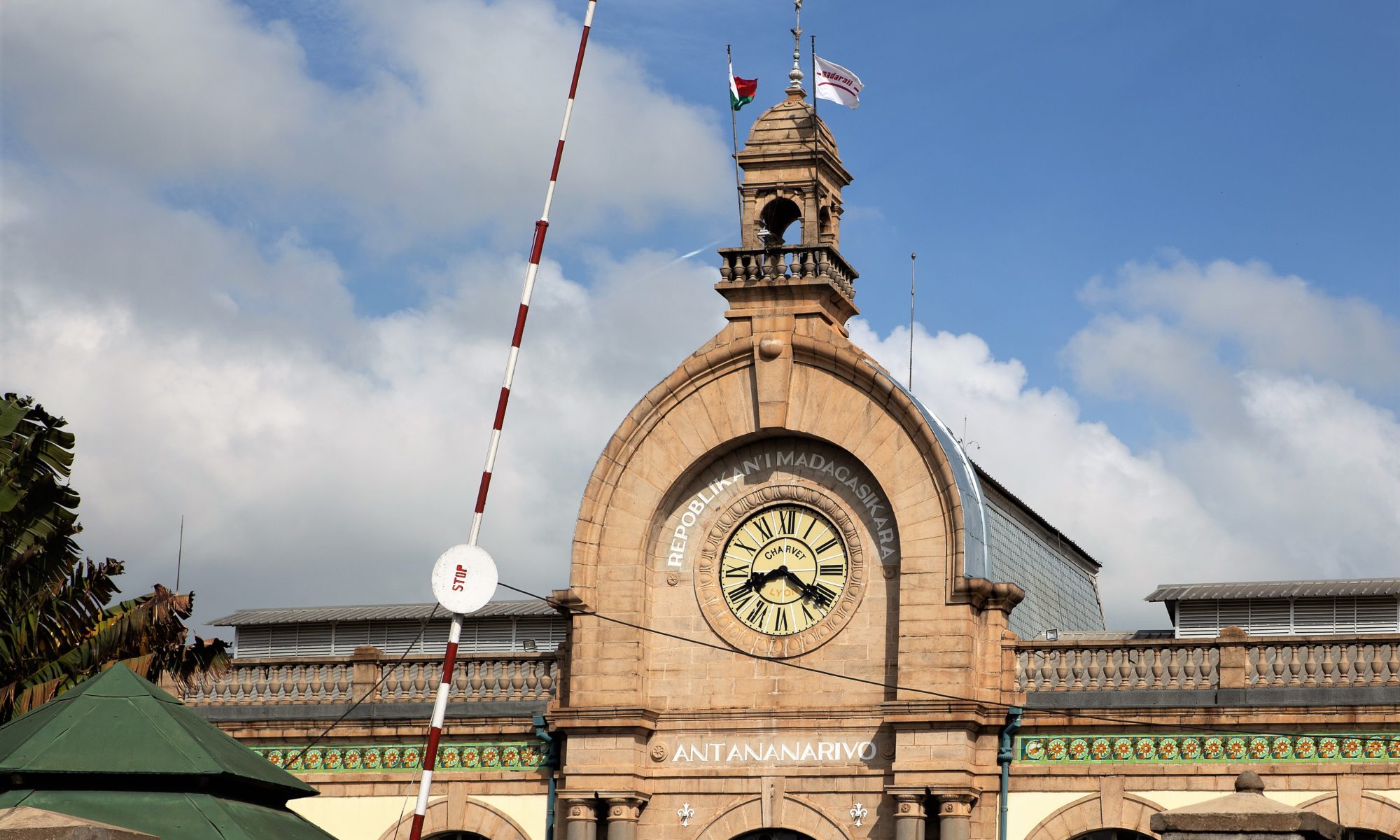Most of the people who know me think I know a lot about the critters of the world. I have been able to get quite a few creatures to thrive in captivity and have used them to help get high school students interested in biology, the subject I taught for 38 years. Devin Edmonds, our tour leader, told me that in our group we had some of the top captive breeders of reptiles and amphibians in the USA. I am not in that elite group, but I can tell you, they are my kind of people. Even those, like me, who are not in the business of providing captive bred, exotic reptiles and amphibians to the pet trade, added something to the group because of their passion for conservation.
Let me introduce you to my new friends.
Brad Wilson is a veterinarian from the Atlanta area who has traveled much of the world in his spare time searching for the rare and exotic. He has connections with the Atlanta Botanical Gardens and he has invited me there to tour one of the premiere attractions of its kind in the world. I will surely take advantage of his offer and post about it in the future. His love of nature photography led Mike Wallitis to tell me he has produced some of the world’s best images of certain species of plants and animals in their natural environment. I hope he got some on this trip, and will allow me to share them on this website along with some commentary. He is one who surely could contribute to the try2seeitall goal.
Shawn Harrington is a Mayo Clinic trained doctor now living in New Hampshire. He is a busy guy with his day job, but in his spare time he started a business called the Frog Whisperer supplying captive bred animals to the pet trade. He is a fun-loving guy who likes to tell what he calls Dad jokes. His enthusiasm for the critters would occasionally put his hand or the back of his head in the photographs of others, but his ear-to-ear grin and his knowledge of how to safely handle the animals would more than make up for this minor inconvenience. Sean’s stories on the long bus rides and his insights and sense of humor at meals made for some interesting conversation.
Matthew Mirabella works for the American Museum of Natural History in New York, providing teacher education and training. His kindness and consideration of others will be remembered. He is especially good at spotting animals, so I often found myself staying close to him so I would be one of the first to take a photo. Because photography was something that most of the members of the group were interested in, we would often get in line to get a shot of a new animal. Matt was an asset to the group. We saw things that would have gone unnoticed if it were not for him.
Sean Betti is a California native who started a business in the rapidly growing technology sector of data storage and communication. He is an amazing young man who has done quite well marching to his own beat. Like many on the trip, he spent at least some of his youth working at a pet store and is one of the elite group successful at the captive care and breeding of cold-blooded exotics. Sean was an expert snake handler, and like Matt, one I wanted to remain close to when on our hikes. He was a bit more reserved than some on the trip, but he could also summon a boyish grin in an instant when he discovered something new. He impressed me with his ability to calmly try2seeitall while still able to carry on business and family life while in a remote location. He has mastered technology, but has not become a slave to it. He also has taken some great photographs that I hope he will share.
Julio Rodrigues calls New York City home, though he was born in Spain to a Spanish father and a Dominican Republic mother. Julio played linebacker for the Syracuse football team in the late ’90s and now manages a swimming instruction program that works at many locations in the “Big Apple.” He is another busy guy with diverse interests and keen perception who is a positive example of how to live life to its fullest. He would make Devin’s list of top breeders of reptiles and amphibians but he might not admit to it. He is funny, generous and easy to like. I hope he will add some thoughts and photos to this website when he gets the chance. I really hope to travel with him again.
Ray is a transplant from New Jersey who now lives in Massachusetts. He is probably the most energetic in the group. I am pretty sure he wins the award for most Instagram posts while in Madagascar. When he returns home he will be teaching courses at Harvard and MIT as well as other duties in the realm of science teacher education. He has vast knowledge and experience from traveling to remote areas where fascinating creatures live. He is skilled at being in the right place at the right time to take photos or make videos. He is also able to convey enthusiasm to the local children, which I think might be his most valuable personality trait.
Last but not least, Anne Carpenter, a Rhode Island native and daughter of a Brown University professor. Anne works as an inspector for the FDA. She was the only female member of the tour and helped keep the group on its best behavior. Passionate about nature and kind beyond the ordinary, she was truly an asset to the group. She was surprisingly good, despite her small stature, at keeping up with the boys. I admire her courage and her generosity.
